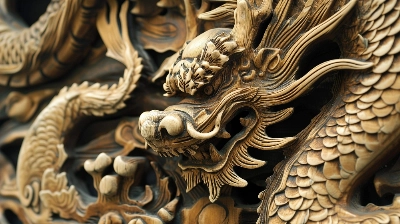SEOUL -- Pyongyang surely can be said to have stepped over the line once it is confirmed that the suspected spy boat that played tag with the Japanese Coast Guard last month was indeed from North Korea. The incident has led Japanese Prime Minister Junichiro Koizumi and his administration to perform an overall review of its existing North Korea policy.
One bothering question, though: Is Japan missing something even bigger while investigating the latest event?
When the accident occurred, even an observer stuck in Seoul could make out traces of a familiar pattern. The five typical signs were there: secret entry; quick effort to escape; intensive resistance until the last minute, accompanied by gunshots; suicide attempts by agents; and absolute silence from Pyongyang. Any more questions?


















With your current subscription plan you can comment on stories. However, before writing your first comment, please create a display name in the Profile section of your subscriber account page.